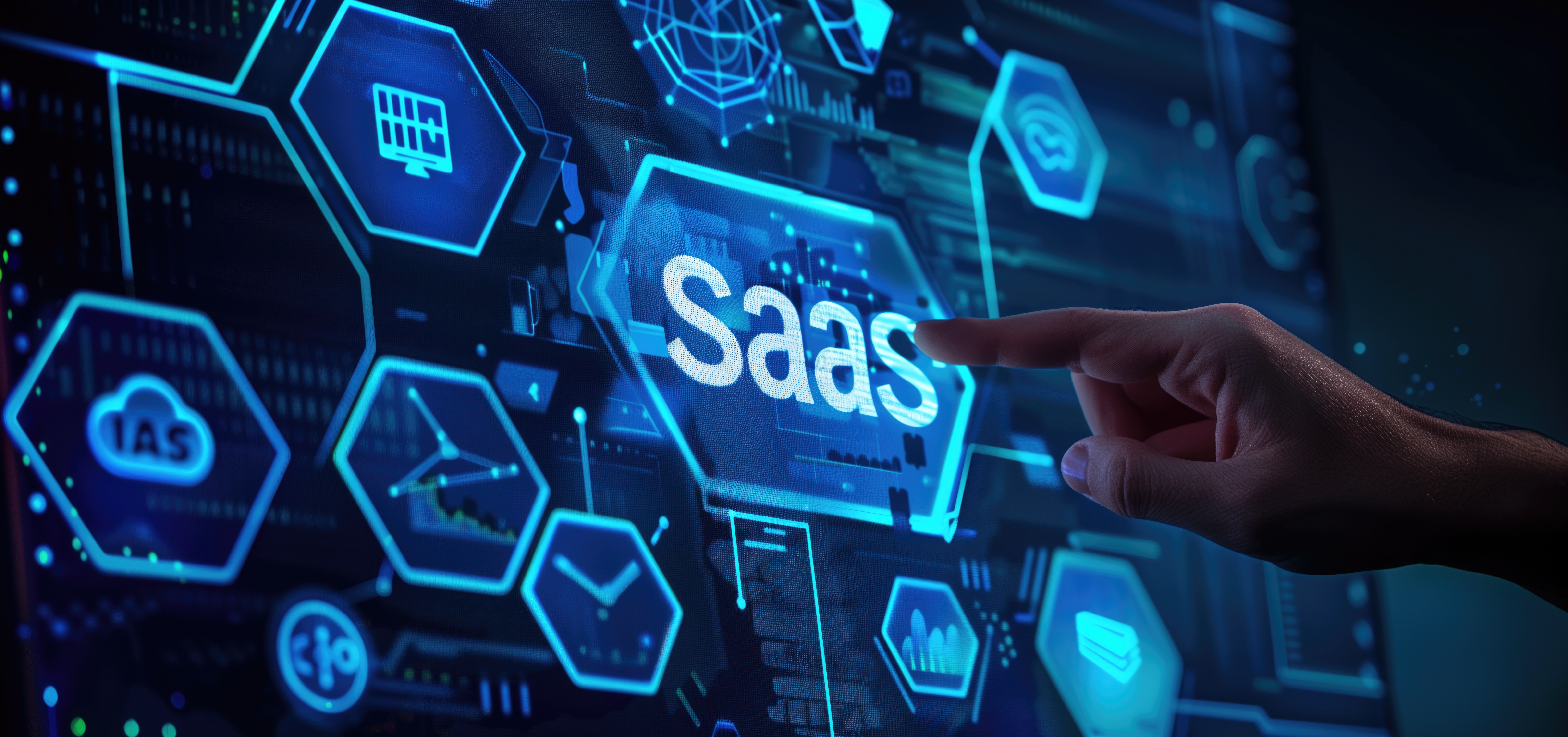Featured Blogs

20 November 2024 Outshining Rivals in a Saturated B2B Telecom Market: Differentiation Tactics Amid Price Wars

19 November 2024 Are You Missing the Mark with Your SaaS ABM Strategy?

14 November 2024 The Evolution of ABM in B2B Telecom: Advanced Methods for a Hyper-Personalized Precision-AI ABM Strategy

11 November 2024 From Red to Green: Transformative Demand Gen Strategies for Revenue Growth in the Datacenter Sector
Archives

20 November 2024 Outshining Rivals in a Saturated B2B Telecom Market: Differentiation Tactics Amid Price Wars

19 November 2024 Are You Missing the Mark with Your SaaS ABM Strategy?

14 November 2024 The Evolution of ABM in B2B Telecom: Advanced Methods for a Hyper-Personalized Precision-AI ABM Strategy

11 November 2024 From Red to Green: Transformative Demand Gen Strategies for Revenue Growth in the Datacenter Sector

07 November 2024 B2B Telecom: Advanced-Data-Insights Based Digital Approaches for QOQ Incremental Sales Revenue

06 November 2024 How Full-Funnel Marketing Can Accelerate Your Datacenter Sales and Revenue Growth: 10 Proven Tactics

30 October 2024 Leveraging Demand Generation to Enhance Lead Velocity in Datacenter Services

30 October 2024 Maximizing Deal Velocity: Leveraging ABM to Secure High-Value Contracts in the Datacenter Landscape
Sign up for our Sales Blog newsletter
Partner With Us
Fuel your Sales Pipeline with Qualified Leads and Close More Deals at Scale









